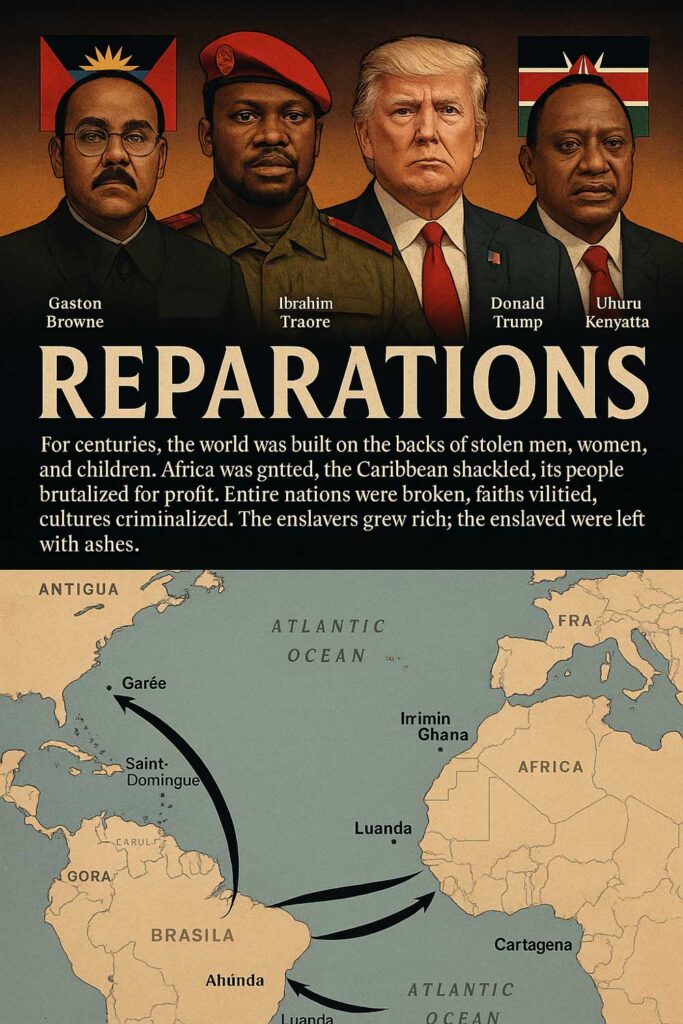The designated congestion zone encompasses the area south of Central Park, famous for landmarks such as the Empire State Building and Times Square. MTA Chair Janno Lieber expressed confidence in the early data, highlighting that the streets feel safer and that buses are operating more efficiently, especially during rush hours. This initiative not only aims to alleviate New York's long-standing traffic woes but also seeks to generate substantial revenue for public transit improvements.
Under the scheme, most drivers pay $9 daily to enter the zone during peak hours, with reduced fees at off-peak times. Small trucks and non-commuter buses are charged $14.40, while larger trucks and tourist buses face a higher fee of $21.60. While many applaud this measure, notable opposition has emerged, including from President-elect Donald Trump, who has pledged to eliminate the congestion charge once he takes office. This initiative comes after New York City was named the most congested urban area globally for two consecutive years by traffic analysis company INRIX, showcasing the pressing need for solutions to improve urban mobility.
Under the scheme, most drivers pay $9 daily to enter the zone during peak hours, with reduced fees at off-peak times. Small trucks and non-commuter buses are charged $14.40, while larger trucks and tourist buses face a higher fee of $21.60. While many applaud this measure, notable opposition has emerged, including from President-elect Donald Trump, who has pledged to eliminate the congestion charge once he takes office. This initiative comes after New York City was named the most congested urban area globally for two consecutive years by traffic analysis company INRIX, showcasing the pressing need for solutions to improve urban mobility.





















